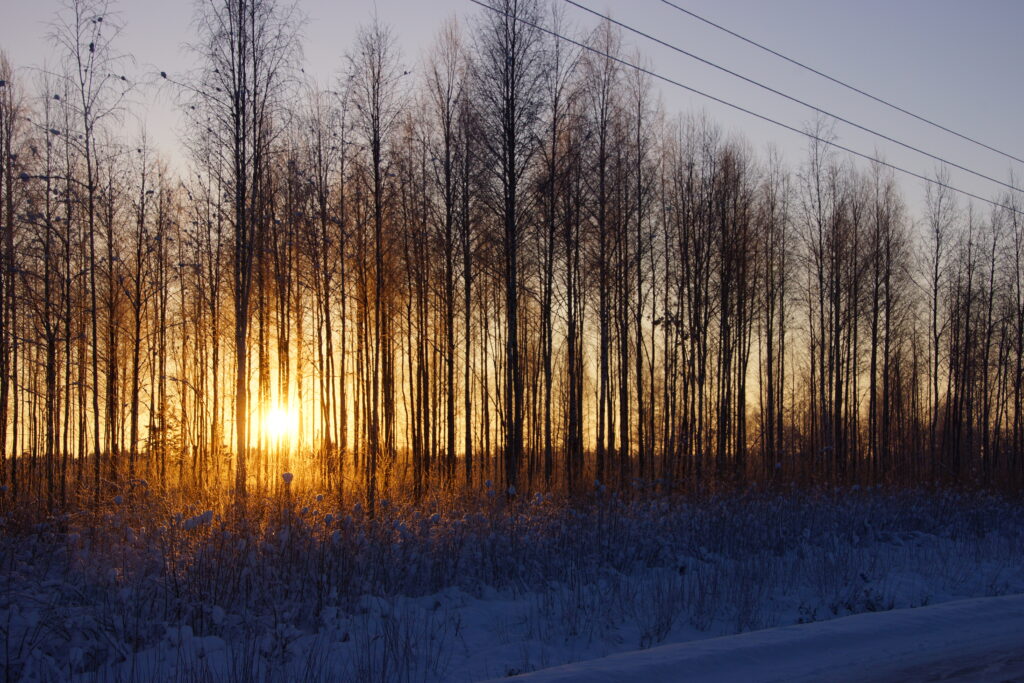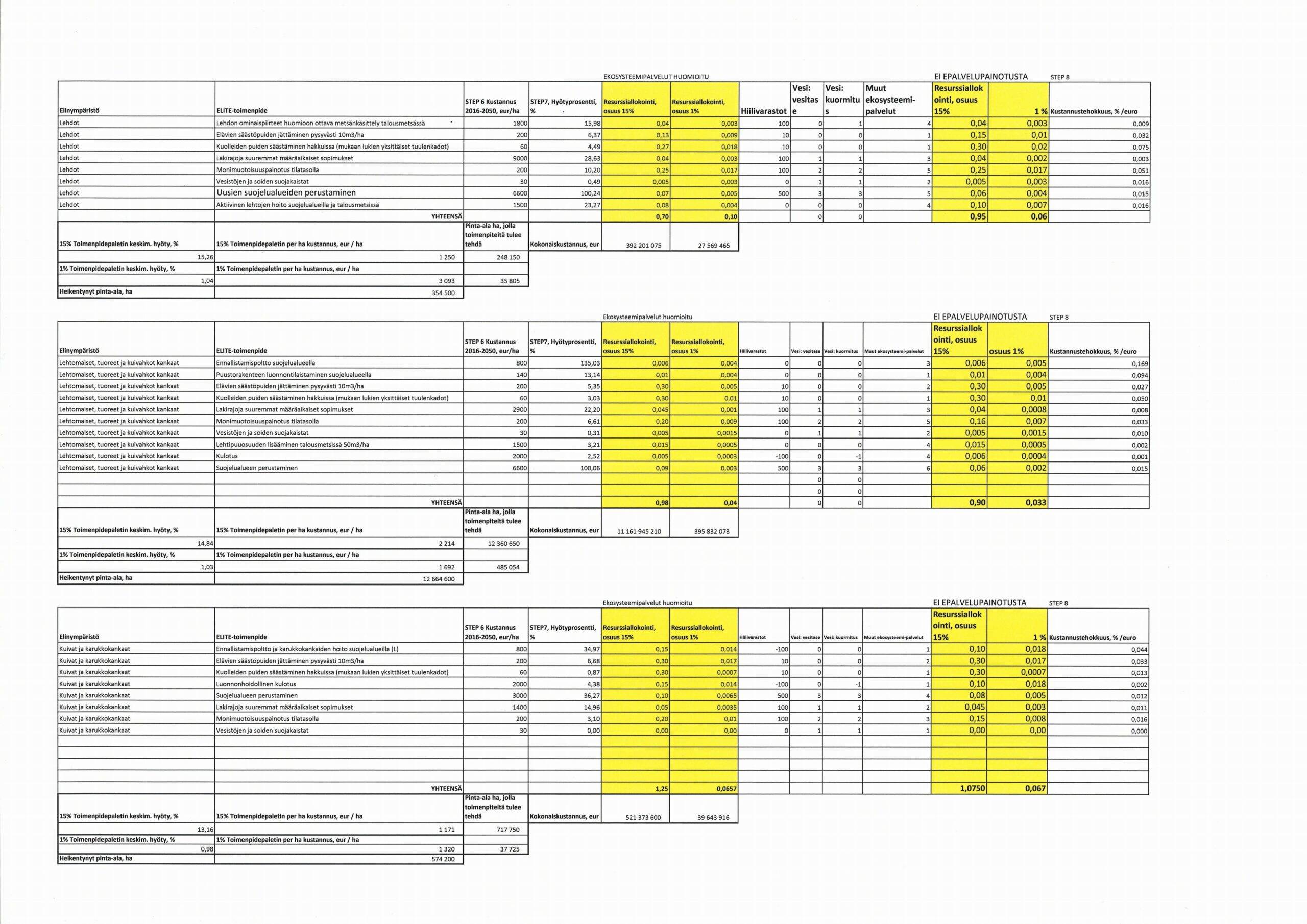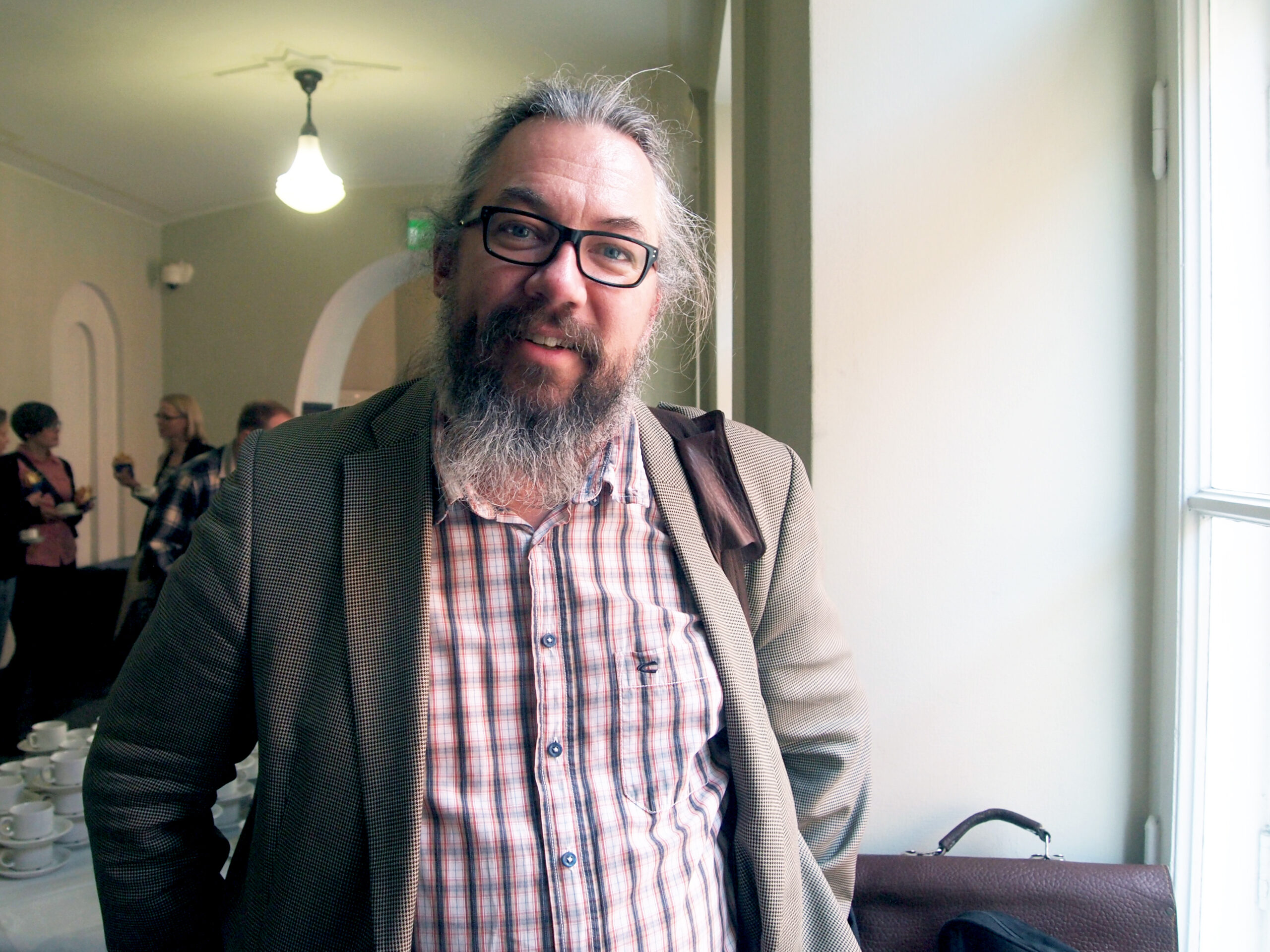Finland looks for criteria for nature restoration

The massive task force effort is caused by international agreements for promoting the state of natural habitats. A conscientious implementation of the principles defined during the work is calculated to cost thousands of millions of euros.
The final reason for establishing the Elite working group was the demand by the European Union that 15 percent of the deteriorated habitats within the EU should be improved. This decision was sparked off by the global agreement on biodiversity, also known as the Nagoya treaty.
However, the 15 percent does not refer to a share of the superficial area. ”It should also be noted that neither of these two documents is legally binding,” says Mr. Kai Kaatra, member of the Elite working group and head of unit at the Finnish Ministry of Agriculture and Forestry.
The working group, established by the Finnish Ministry of the Environment, decided to split the work by type of habitat. The habitats were classified into forests, mires, rocky outcrops, fells, freshwater and marine habitats and cultural habitats, which include agricultural and urban habitats and habitats in traditional landscapes.
The next question was how to define the baseline against which the deterioration of a habitat should be compared. This is not clear even when speaking of forests, but the most difficult cases are cultural habitats – restoration can hardly be taken to mean that agricultural fields should be returned to forest.
However, Mr. Janne Kotiaho, chairman of the working group and Professor of Ecology at the University of Jyväskylä, stresses that the initial state, or the state before deterioration, is not equal to target state. ”Still, the question about cultural biotopes is relevant. They have become valuable due to having been used by humans, not necessarily because of their natural features,” says Kotiaho.
The next thing was to evaluate the degree of deterioration compared to the baseline. No single indicator exists for this. In forests, for example, several indicators have to be used in the evaluation.
After evaluating the deterioration, it was necessary to determine the activities by which the habitats could be improved.
Instead of target, an indicative figure
The working group decided to aim at a 15 percentage point improvement in the state of the habitats. No grounds for this figure were ever published, and it began later to be termed an indicative figure only. At the same time another indicative figure was adopted: an improvement of one percentage point.
The reason for this decision appears to be that the costs incurred by an improvement of 15 percentage points were found to be hair-raising. At some point along the work and including direct costs alone, an improvement of 15 percentage points was calculated to be as high as 75 thousand million euros, and an improvement of one percentage point would cost five thousand million euros by the year 2050.
According to a more correct evaluation and if different habitats were not compared with each other, an improvement of 15 percentage points would cost 30 thousand million, and an improvement of one percentage point 15 thousand million euros by 2050. If habitats are compared, an improvement of 15 percentage points would cost 14 thousand million euros, equalling 490 million euros each year.
The cost level may be illustrated by saying that the cost of improving all herb-rich forests in Finland would be equal to two thirds of the timber sales revenue from the same forests.

”Illusion of exactness”
The method chosen by the working group requires extremely complicated calculations resulting in simple figures. The working group has characterized these figures as an ”illusion of exactness”.
Nevertheless, Kotiaho defends the method. ”I don’t really understand what other method would be better. This method has the advantage of being transparent: when everything is expressed in numbers and the calculations are public, you can refer back to them at any time,” Kotiaho says.
To illustrate the degree of complexity, let us take a simple example, the volume of decayed wood. Let us say that a forest previously contained 30 cubic metres of decayed wood per hectare and now contains only one. Thus, the deterioration is 29 cubic metres, or 97 percent.
An improvement of 15 percentage points would bring the deterioration down to 82 percent and the volume of decayed wood up to 5.4 cubic metres per hectare.
Next, we should define the weight given to decayed wood in the total biodiversity value of the forest. We should also define the corresponding figures for the deterioration of other biodiversity parameters in the forest and for the desired improvement, as well as the weight of the total biodiversity of the forest. Finally, we need to decide whether an improvement in one habitat could compensate for the deterioration in another one, and how to calculate this.
Using these figures it should be possible to determine the cost of improvement, provided we knew how to improve the habitat. According to some members of the working group, such knowledge is not available, whereas Kotiaho thinks otherwise.
Complicated calculations
In addition to this, since the objective is to define the most cost-effective methods for nature in the whole of Finland, the results calculated for different habitats should be combined to find the best overall methods.
This is as far as the work has progressed by now. ”The calculated results are already to hand,” says Kotiaho. This actually means that there are exact figures on the deterioration of Finland’s nature and on the options of restoration.
Figures for some habitats are still incomplete. As for forest, the work is done, although the figures contain significant sources of error. As regards urban habitats, the estimate is not complete, and no results have yet been determined for habitats in or near waterways.
”One tenth of Finland’s superficial area consists of water and coastline, and practically nothing has been done about these habitats as yet,” says Kaatra.
Another dispute concerns whether improvements carried out previously should be taken into consideration or not. Kotiaho says this is not part of the working group’s remit. It should only consider improvements after 2010.
”Some think this is precisely the wrong way round. The EU Commission’s guidelines are of this opinion, at least,” says Kaatra.
A simple ”mathematical” evaluation does not result in anything that could be implemented in practice. This is nicely illustrated by a table created during Elite work showing that the most cost-effective way to restore Finnish nature would be to reduce the number of reindeer and burn down all forest conservation areas.
Nor has sufficient attention been paid to how restoration activities would affect ecosystem services, such as combating the climate change and the maintenance of water balance. The most difficult questions are political in nature and they will have to be faced when the working group starts writing its report.
Kotiaho says that the best feature of the group’s work is its transparency. ”When things are presented in a numerical form and all of the work is publicly available, it is always possible to refer back to the figures, to add parameters and to improve the result,” says Kotiaho.

Finland: again the best pupil in the class
The working group’s report is scheduled to be finalised on 20 May 2015. According to Kotiaho, this will pose no problems. So far, not a word has been written, but Kotiaho believes that things will work out.
Kaatra has difficulty believing this. ”By that date it will not be possible to finalise a comprehensive version, let alone a report that we can accept unanimously,” says Kaatra.
Ms. Katja Matveinen, Senior Specialist at the Ministry of Agriculture and Forestry and chair of the Elite subgroup for forests, says that so far, only the viewpoint of nature protection has been taken into account. ”This is shown by the fact that the baseline adopted for estimating the need for restoration is the natural state of a habitat,” says Matveinen.
In the subgroup for agriculture, for example, the initial state adopted is a herb-rich forest, a mire or a corresponding natural habitat. This means that the restoration need is determined on the basis of a habitat that cannot possibly be a target habitat, as this would mean the end of agriculture.
”We suggested that the need would be evaluated according to the target, such as the target for biodiversity. But even just discussing this was vetoed,” says Matveinen.
Matveinen hopes that in the future, the objective should be a realistic and prioritised restoration plan. ”We have now created a tool, but we cannot use it without clarifying the methods and costs. In addition to this, we need a link to the work combating the climate change,” says Matveinen.
Kotiaho defends himself by saying that he has taken the international agreements and the group’s remit seriously and the working group has developed a tool for producing prioritising plans. ”On the basis of our work so far, it is possible to start discussing how to find the most cost-effective methods. I do admit that a lot of work remains to be done before we can make a practical action plan,” says Kotiaho.
There is no need to hurry, however. As far as is known only a couple of EU member states have started work on this. In Finland, the final decisions on the practical implementation of any plans will be taken by the Government.
Previously in forest.fi: EU wants to restore 15 percent of degraded ecosystems
Kirjoita kommentti